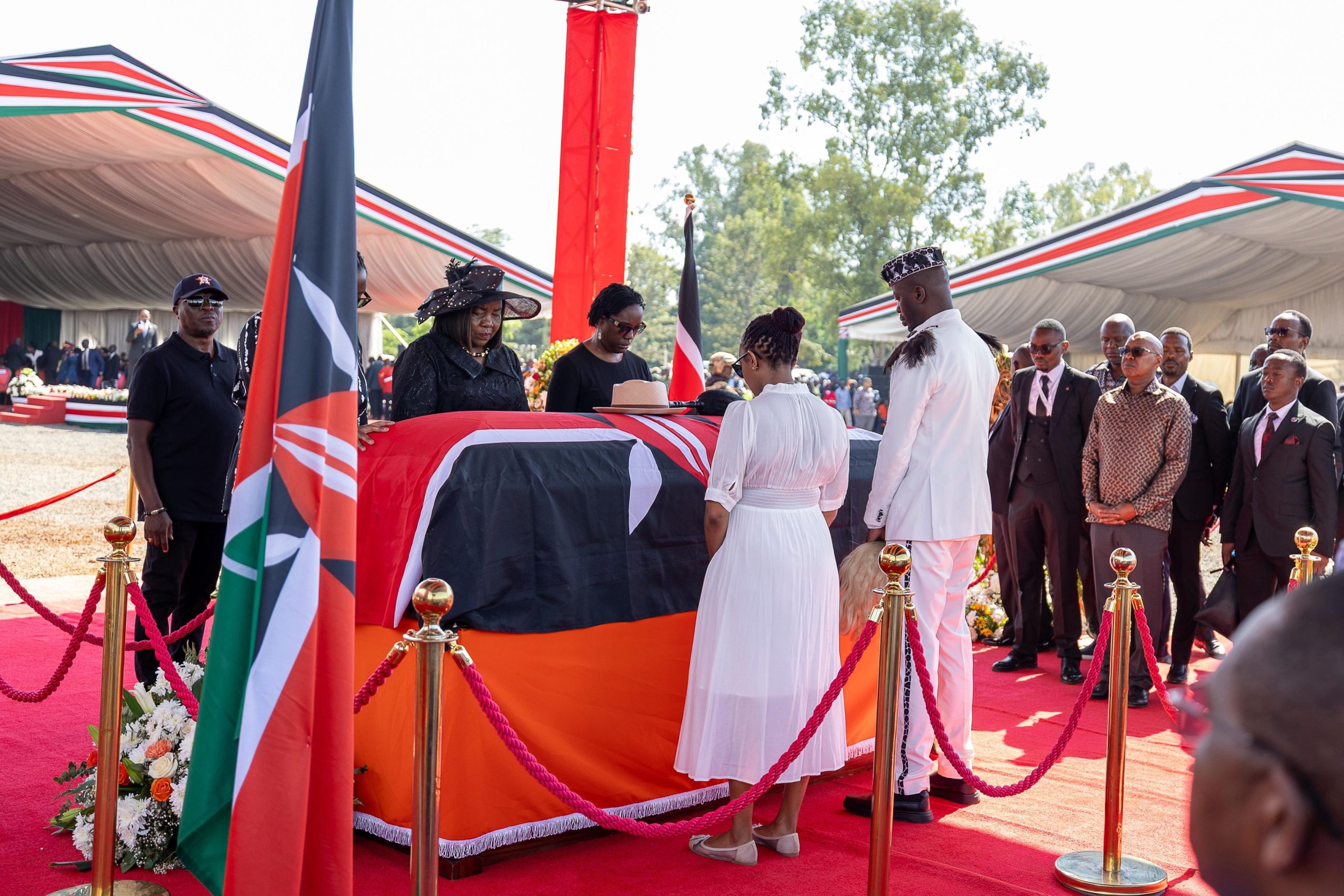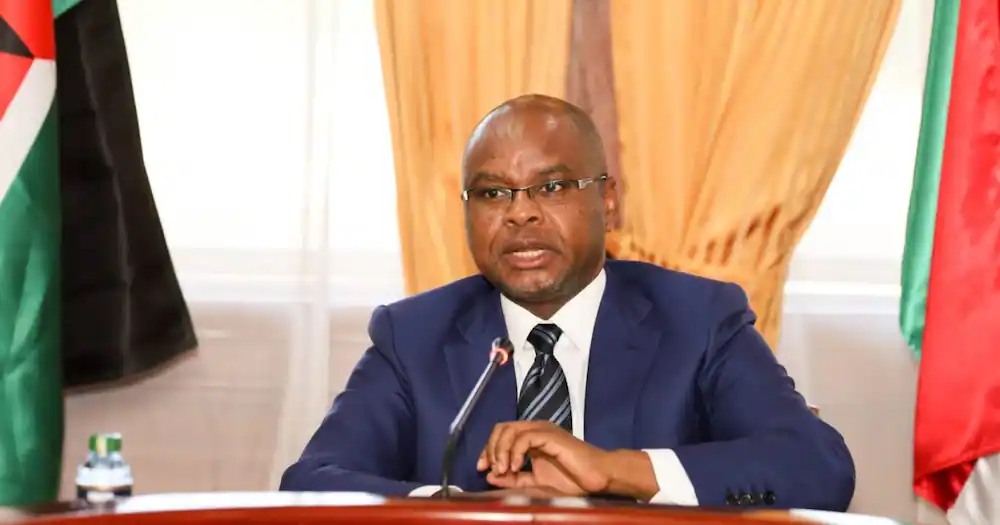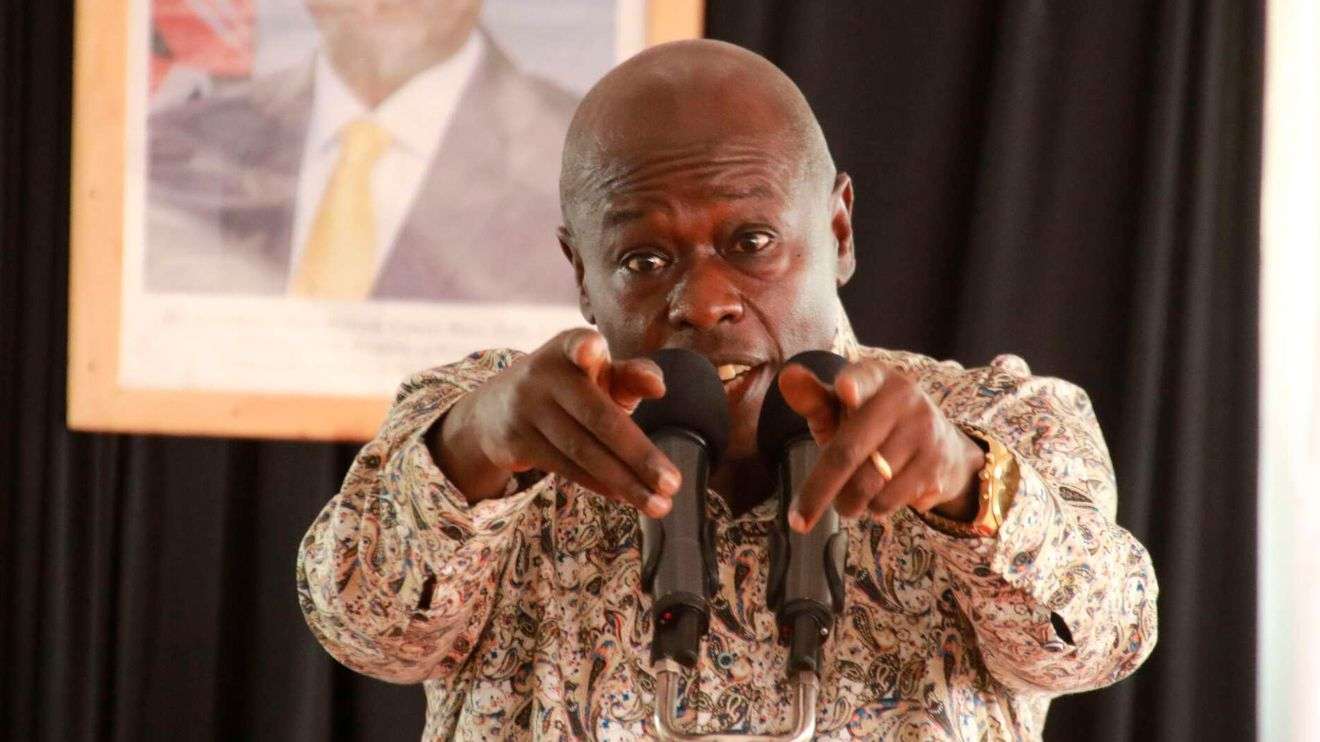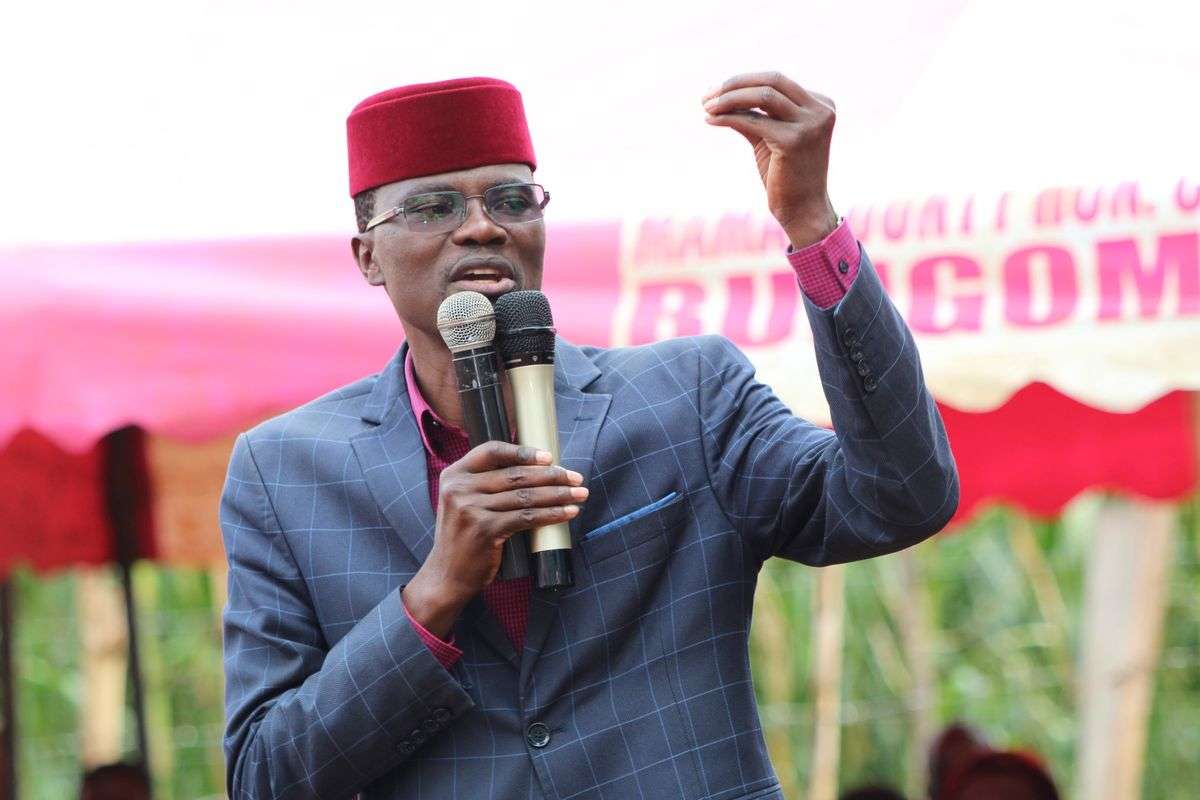By The Weekly Vision Political Desk
To many Kenyans, the Orange Democratic Movement (ODM) and Raila Amollo Odinga were inseparable, like Siamese twins, making the party’s ability to survive and thrive beyond his leadership deeply uncertain. Political analysts note that Raila’s populist instincts, fiery oratory skills, strategic acumen, and unmatched ability to mobilise the masses made him both a formidable political force and the binding glue behind ODM’s resilience.
Raila’s death has, however, plunged the party into a delicate transition as witnessed yesterday at his burial in Bondo, with questions emerging about the party’s continued cooperation with President William Ruto’s United Democratic Alliance (UDA) under the broad-based government agreement.
The 10-point Memorandum of Understanding (MoU), championed by Raila, focused on implementing the National Dialogue Committee (NADCO) report, promoting inclusivity, protecting devolution, and addressing Kenya’s debt crisis. Other commitments included fighting corruption, curbing wastage, upholding constitutionalism, and compensating victims of political unrest.
However, doubts have surfaced over the MoU’s future. Secretary-General Edwin Sifuna and other stalwarts, including Kisii Governor Simba Arati, have urged ODM to withdraw from government, calling for a return to its roots as a people’s movement and defender of social justice.
Their position aligns with Raila’s final public remarks in Machakos last month, where he cautioned against committing the party to any post-2027 deal without formal deliberations: “We agreed to work together with Ruto up to 2027. We have not passed any resolution about the next election. Who has told you ODM will not have its own candidate?”-Raila was widely quoted in the media as saying.
Tensions were palpable during Raila’s State Funeral in Bondo, Siaya County, yesterday, where thousands gathered at Jaramogi Oginga Odinga University of Science and Technology to bid him farewell. President Ruto, the chief mourner, described Raila as “a once-in-a-generation leader whose courage inspired change and whose vision shaped destinies.” Former Nigerian President Olusegun Obasanjo and former President Uhuru Kenyatta were among the dignitaries present.
At the service, Sifuna vowed to safeguard ODM’s unity, declaring: “Because ODM is one of your biggest legacies, I will do everything in my power to keep this party together even in the face of provocation.” His statement drew cheers from supporters calling for a generational shift, with chants in support of Embakasi East MP Babu Owino echoing across the grounds.
On the other hand, Cabinet Secretary Hassan Joho defended ODM’s participation in government, warning that those attempting to “break the party” would be expelled. Treasury CS John Mbadi, emotional as he paid tribute, avoided commenting directly on the MoU but described Raila as “a towering African democratic giant and a mentor.”
ODM’s National Executive Committee has since appointed Siaya Senator Dr Oburu Oginga, Raila’s elder brother, as acting party leader. With less than two years to the next General Election, succession manoeuvres have begun in earnest. Potential contenders include Joho, Wycliffe Oparanya, Junet Mohammed, Gladys Wanga, John Mbadi, and Prof Anyang’ Nyong’o.
Raila’s towering legacy, from the struggle for multiparty democracy to the promulgation of the 2010 Constitution, remains unmatched. As political analyst Davis Omoke put it, “No current politician can fill Raila’s shoes; it will be a herculean task, they are simply too big.”
As ODM marks its 20th anniversary this year, the question remains: can it preserve the unity and mass appeal that Raila Odinga built, or will his passing mark the end of an era for Kenya’s most enduring political movement?
[/full]





